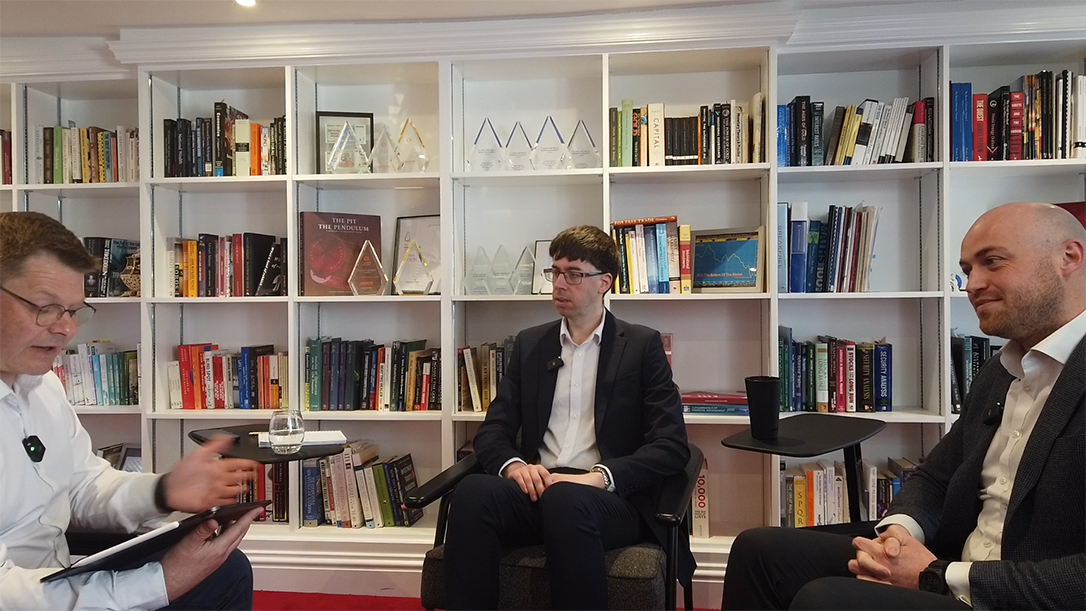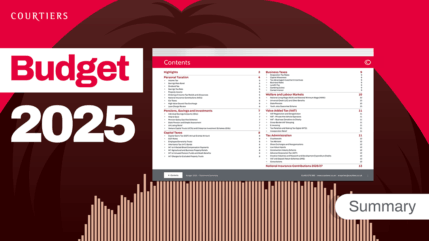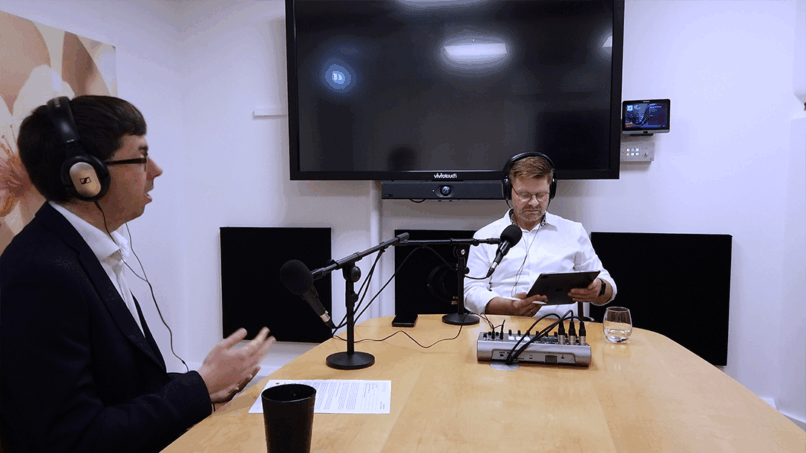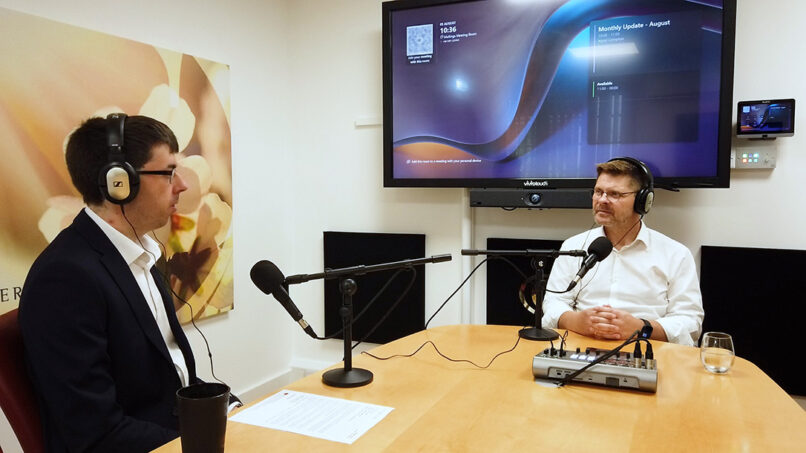The Courtiers quarterly report discusses market movements and changes in asset allocation during the calendar quarter. To ensure consistency and cover all timeframes equally, we’ve analysed market activity up to the end of March 2025.
However, in the last few days, global markets have reacted negatively to US import tariffs, with the US itself being the hardest hit. To find a period when the US started the year worse than this, you have to journey back to 1973. This was during a bear market following the US departure from Bretton Woods, an event often referred to as the ‘Nixon Shock’. Interestingly, in the couple of years leading up to 1973, Nixon imposed a 10% surcharge on all imports. As the American writer Mark Twain wrote, “History does not repeat itself, but it often rhymes.” And as an aside, the US has returned 16,604% since March 1973, compounding at over 10% annually, even after the fall up to Friday 4th April. We discuss these recent developments more in the accompanying video.
In the first quarter of 2025, Courtiers Multi-Asset Funds delivered positive returns, despite a challenging market environment. The Cautious Risk Fund, Balanced Risk Fund, and Growth Risk Fund returned +0.30%, +0.69%, and +0.96%, respectively. The UK Equity Income Fund and Ethical Value Equity Fund experienced declines of -0.67% and -0.78%, respectively. Conversely, the Investment Grade Bond Fund returned +0.78%, and the Global (ex-UK) Equity Income Fund returned +0.59%.
The UK stock market has, compared to other global equity markets, enjoyed one of its strongest starts to the year since the 1990s. The FTSE 100, representing the UK’s 100 largest companies, saw a gain of +6.11%. However, domestically-focused smaller companies, as measured by the FTSE 250 ex-IT and the FTSE Small-Cap ex-IT, experienced declines of -5.67% and -6.55%, respectively. This was due to higher-than-expected inflation and the Office of Budget Responsibility halving forecasted GDP growth for 2025.
Following the robust Q4 election rally, the U.S. market experienced a distinct downturn after President Trump’s January inauguration, fuelled by escalating tariff concerns. This shift saw the S&P 500, the 500 largest U.S. companies, decline by -4.27%, while the tech-heavy Nasdaq 100 index nearly doubled that loss at -8.13%. This decline was led by two of the “Magnificent Seven” tech giants; Nvidia and Tesla. Nvidia’s drop followed the release of DeepSeek, a more efficient AI model in China, potentially leading to reduced demand for Nvidia’s products. Meanwhile, Tesla faced headwinds from lower global electric vehicle demand and a backlash against Chief Executive Officer, Elon Musk’s, foray into politics.
Europe had a strong first quarter despite the tariff noise. The Stoxx 50, representing the 50 largest European companies, rose +7.66%, led by Germany. Germany rallied after Friedrich Merz’s Christian Democrats narrowly defeated Alternative für Deutschland in the German election. They subsequently announced debt brake reform, paving the way for government stimulus and increased defence spending.
Typically, the imposition of tariffs would lead to a strengthening of the imposing nation’s currency. However, the US Dollar weakened against the British Pound by -3.00%, the Japanese Yen by -4.75%, and the Euro by -4.20% over the quarter.
The weakening of the US Dollar acted as a tailwind for Emerging Market Equities, which saw a collective gain of +2.73% during the quarter. China and Brazil outperformed this average, posting even stronger gains of +14.99% and +8.29%, respectively.
Gold continued its upward trajectory throughout the quarter, breaching the $3,000 mark for the first time. Our recent analysis of 125 years of asset class returns included Gold, and while its performance in recent years has been strong, it significantly underperforms equities as a long-term wealth creator.
Oil prices remained largely flat over the quarter, but have fallen considerably since the end of March, reaching their lowest level in four years.












